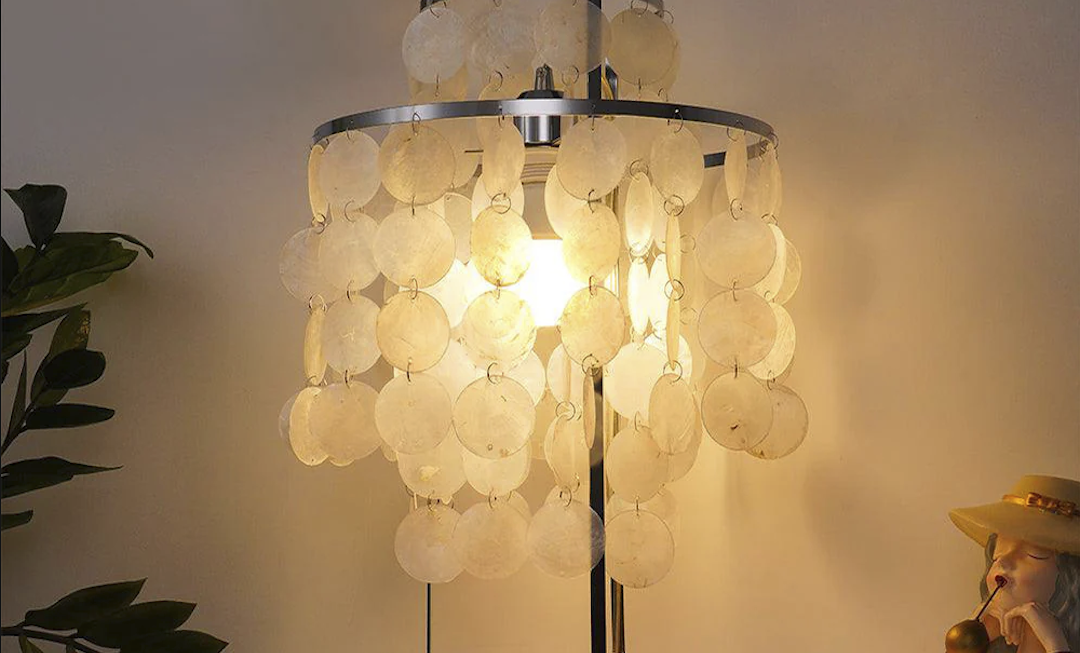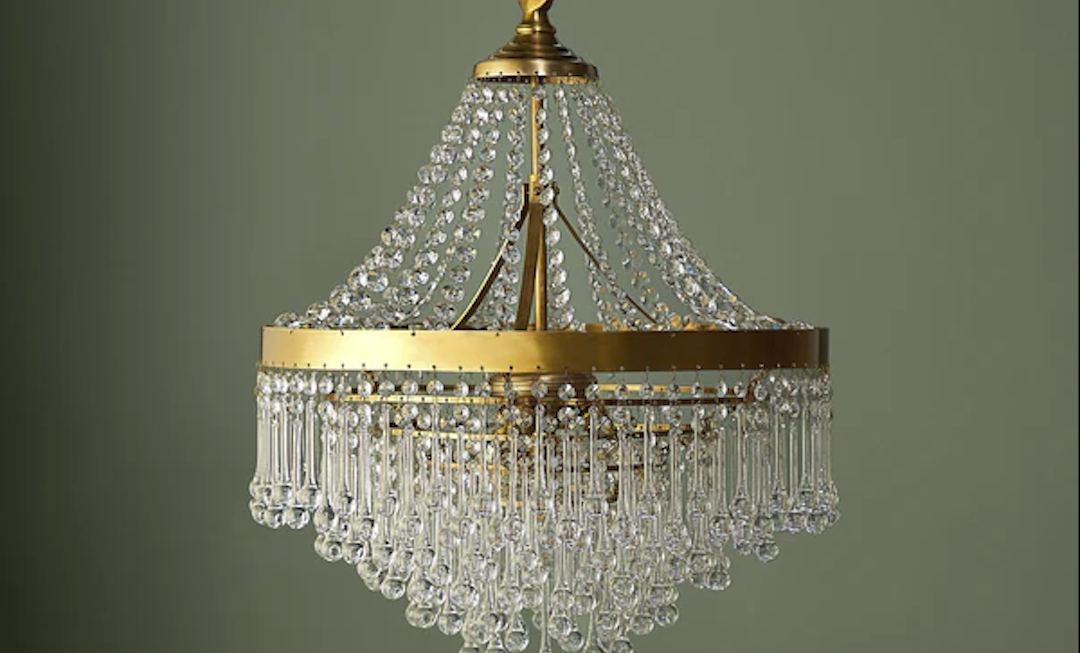Introduction
Japanese lantern lights, also known as Chochin, are iconic symbols of Japanese culture and tradition. These lanterns are famous for their exquisite craftsmanship, enchanting illumination, and symbolism. Used in festivals, temples, and homes, Japanese lantern lights offer a glimpse into Japan’s unique aesthetic sensibilities and time-honored heritage. In this article, we will explore the origins, types, and significance of Japanese lantern lights, and their contemporary use and popularity.
Origins
The history of Japanese lantern lights can be traced back to the Nara period (710-794). During this period, Chinese culture had a significant influence on Japan, and lanterns were also imported from China. These early lanterns were made of paper, silk, or cloth, and were used mainly in Buddhist temples and shrines. The lanterns had various shapes and sizes, and were adorned with motifs and calligraphy. Over time, Japanese artisans developed their unique style of making lanterns, incorporating Japanese elements such as wood, washi paper, and metalwork. Today, Japanese lantern lights are considered to be distinct and innovative expressions of Japanese art and craftsmanship.
Types of Japanese Lantern Lights
Japanese lantern lights come in various types, each with its unique features and purposes. Some of the most popular types include:
Chouchin
Chochin is the most common type of Japanese lantern light. These lanterns are made of washi paper or silk stretched over a bamboo or metal frame. Chochin lanterns come in various shapes and sizes, such as round, cylindrical, or polygonal. They are often used in festivals, temples, and restaurants, providing a warm and welcoming ambiance.
Andon
Andon is a traditional Japanese floor lamp. These lanterns have a wooden frame with translucent washi paper or silk. Andon lamps were used in Japanese homes before electricity became common. Today, Andon lamps are still used for decoration and ambient lighting, adding a touch of tradition and elegance to modern interiors.
Bonbori
Bonbori lanterns are spherical or conical shaped lantern lights used in outdoor settings such as gardens or parks. They are often made of silk or washi paper, with bamboo, wood or metal frames. Bonbori lanterns are unique in that they have a soft glow that is ideal for creating a peaceful and romantic atmosphere.
Significance of Japanese Lantern Lights
Japanese lantern lights have a profound cultural and symbolic significance. They are often associated with festivals, religious ceremonies and traditional events. For instance, during the Obon festival in summer, Japanese people light lanterns to guide the spirits of their ancestors back to the world of the living. In Shinto shrines, lanterns are used to signify the presence of deities or spirits. Japanese lantern lights symbolize illumination, warmth, and beauty. They are also expressions of Japanese aesthetics, reflecting the country’s love of nature, simplicity and harmony.
Contemporary Use and Popularity
Japanese lantern lights have gained popularity worldwide as decorative items for homes, gardens, and outdoor events. They are often used as ambient lighting for parties, weddings, and festivals. Japanese lantern lights have also become accessories in modern interior design, providing a touch of elegance and tranquillity. Many craftsmen continue to produce Japanese lantern lights using traditional techniques, preserving the heritage of Japanese craftsmanship.




